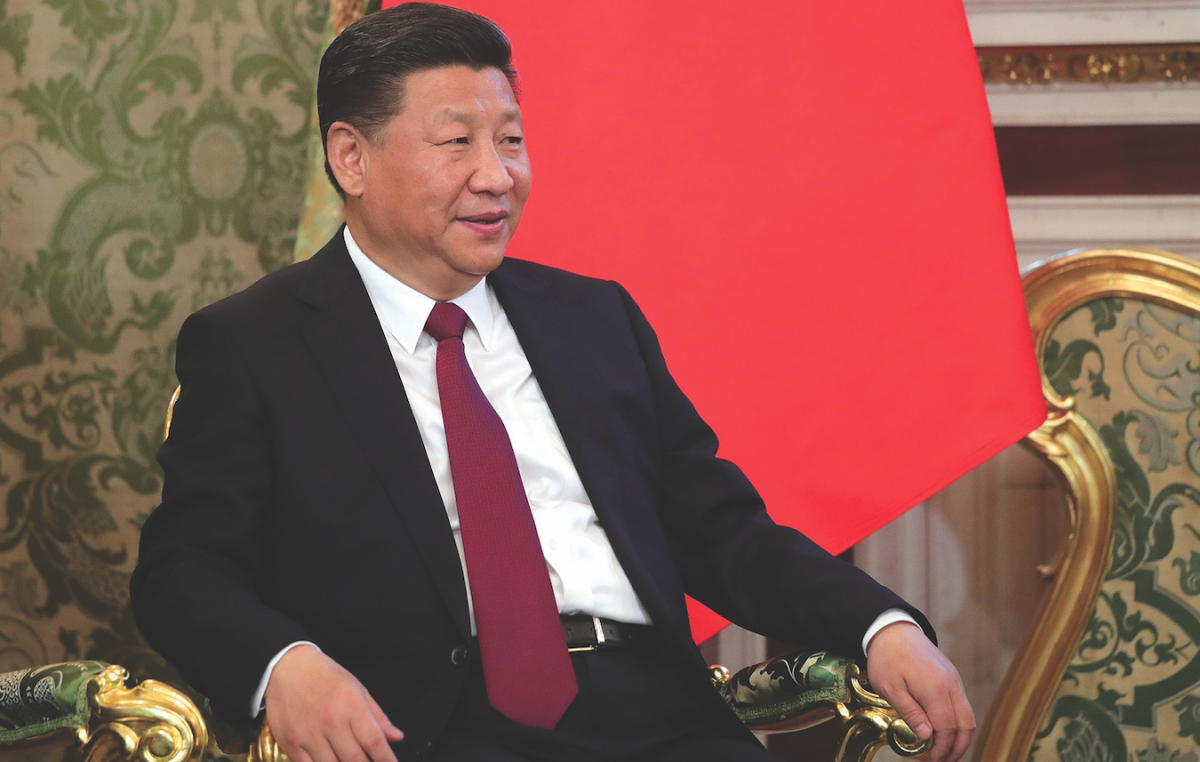Loading...
By Norman Friedman, April 25, 2018
Russian President Vladimir Putin devoted a March 2018 speech on the state of Russia to a series of five spectacular “new” strategic weapons—though all have been known to the West for years. All five—the Sarmat ballistic missile, the Avangard hypersonic maneuvering reentry vehicle, the Kinzhal air-launched hypersonic cruise missile, the Status-6 nuclear-powered autonomous underwater vehicle, and a nuclear-powered cruise missile—have Cold War antecedents. Only the cruise missile amounted to news, though analysts were aware of it even if the media were not. In spite of Putin’s declarations that some are operational—and “invincible”— he illustrated his remarks with paintings on slides, not with photographs of actual hardware. (An anonymous U.S. official told CNN there have been several unsuccessful tests of the nuclear-powered cruise missile, all ending in crashes.)Some commentators see Putin’s announcement as an attempt to force the West to take him more seriously, while others point to his reelection campaign. Polls conducted by the Pew Research Center show that the Russian population blames the West and international sanctions, rather than the Russian government, for the poor state of the economy. Putin’s claim of overwhelming strength is doubtless very popular domestically, where U.S. work on strategic missile defense generally has been taken as a direct attack on Russia instead of as protection against small numbers of ballistic missiles in the hands of rogue regimes, particularly those of Iran and North Korea.
It seems significant that Putin did not unveil some exotic means of defending Russia against Western strategic weapons. Effective large-scale missile defense is the only way the nuclear balance of power can be tipped, but neither Russia nor the United States can buy enough strategic interceptors to defend completely against the quantity of nuclear weapons the other already has. Without a new missile defense shield, Putin merely is threatening the West with what Russia has been able to do for decades. Nuclear weapons are a relatively inexpensive form of military power, made even cheaper if—thanks to the Nuclear Test Ban Treaty—they never need to be demonstrated.
More generally, Putin clearly still believes what he was taught as a young KGB officer - that the West and its open societies are a deadly threat to Russia. This is nothing new in Russian history.
A combination of fascination with the West and hatred of its openness goes back hundreds of years. The question for those who wanted to resist Western liberalism was always whether Russia could simply be sealed against contagion or whether it needed to take the initiative. But this fear does not explain fully Putin’s emphasis on nuclear weapons in his speech.
It is possible that his intended audience is located to the east, in China. For many years, the Chinese Communist Party has cultivated intense nationalism based on the sense that China repeatedly has been torn apart by foreign powers. The country’s enmity toward Japan and its triumphant reclaiming of Hong Kong and Macao are among the most visible evidence. Chinese maps still show one of the results of the “unequal treaties” between the Qing Dynasty and foreign powers—Russia’s possession of large swaths of Chinese Siberia, where many ethnic Chinese live today. Even while the Soviet Union supported the People’s Republic of China in its early years, the Soviets imposed the same humiliations on China as the West had done before the Communists took power. Following the Sino-Soviet split, the Chinese became openly hostile to the Soviets.

Russia and China profess friendship today, but the question, for both the West and for Russia, is how deep does it go? When the Russian government first began selling modern weapons to China in the 1990s, many Russians were uneasy. Today, that trade is less vital to an evolving Chinese military industry. Many Russians are aware of the looming reality that the Russian Army is thinly manned while the Chinese have a seemingly bottomless pool of manpower coupled with increasingly sophisticated weaponry.
The Chinese have been testing antiballistic-missile interceptors since at least 2010, with the most recent test in February 2018. Russia may have interpreted the February test as a threat to its most important military asset—nuclear weapons. At some point in the near future, China will have a national strategic defense system. But China will not be able to defeat a mass nuclear attack any more than Russia or the United States will. On the other hand, the Chinese Communist Party may be more willing than the United States to sacrifice a great deal if it can preserve its national leadership in Beijing. Chinese rulers might imagine that they can buy enough interceptors to achieve that.
In this context, then, perhaps Putin’s message was directed more at Beijing than Washington. He may see the nuclear cruise missile as a means of increasing Russia’s capacity to attack China—cruising over a wide area, spewing radioactive exhaust on its way to detonation—without violating treaties that have reduced the size of the Russian strategic arsenal.
Putin probably prefers deterrence over attacking China. But his goals go beyond the mutually assured destruction that has prevented nuclear war between the United States and Russia. Putin needs to discourage China from attempting to undermine Russian control of Siberia, and a shrinking army is of little help. The Russian strategic defense system around Moscow may be insufficient to defend against an all-out attack by the United States, but Putin may imagine that it would suffice to defeat a small-scale attack by the limited number of Chinese strategic weapons. He plausibly may imagine that Russia’s overwhelming advantage in warheads would lead to a fightable—winnable—nuclear war.
Dr. Friedman is the author of many books about warships, aircraft, and their weaponry, including multiple editions of The U.S. Naval Institute Guide to World Naval Weapons Systems published by and available from the Naval Institute Press.
Loading...
No responses yet for "New Russian Missiles May Be Aimed East"
Post a Comment